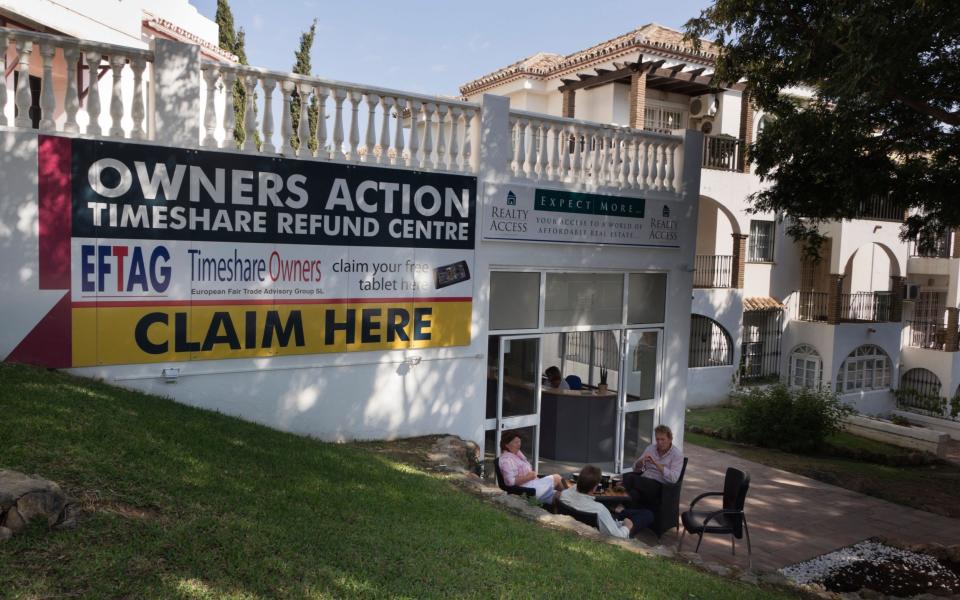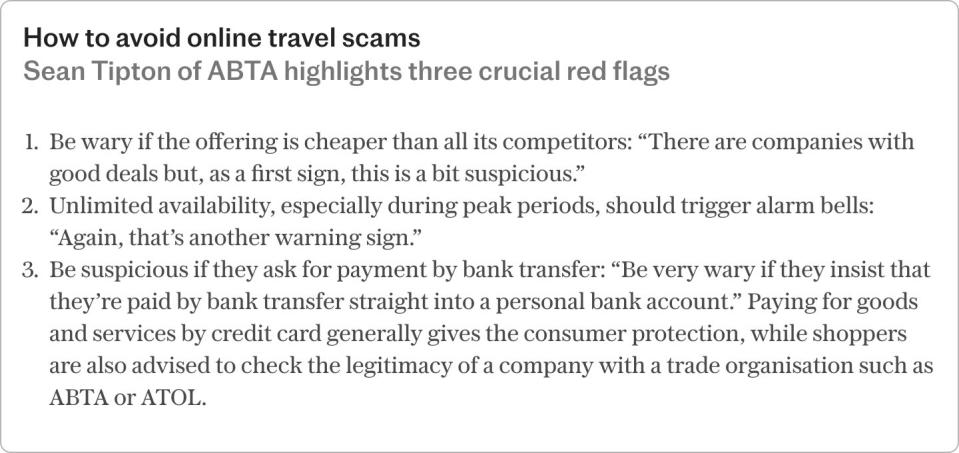When Shelley and Byron went on an adventure through Europe, a little light cheating was par for the course. The Grand Tour – a visit to important artistic sites in Italy, traditionally performed by upper-class young men in the 18th and 19th centuries – was seen as a way for the nobility to mature and learn life skills. And if they got into trouble along the way, so much the better.
To write Masculinity and danger during the eighteenth-century Grand Tour, Sarah Goldsmith notes: “In the age of fashionable gambling, elite families regarded the Grand Tour as a vast, costly jeux de societé; a gamble with the family’s finances, with the lives and reputations of their sons, and with a whole host of dangers.
A legendary version of Italy fueled the fire. Visitors were taught to expect battles and robberies, although in reality they were more likely to conflict with their guide’s plan to flog a dodgy ancient amphora. The country may have been known as a place where you could find cheap antiques, but there was a reason why prices were so low.
Tourism has become more mainstream over the centuries, but some drawbacks are as old as time – and new research suggests Italy may still be the place where European tourists are most likely to be targeted by petty crime. Travel insurance website Quotezone.co.uk’s European Pickpocketing Index 2024, which compares the number of reported incidents at a country’s top five attractions with visitor numbers, placed Italy at the top of the rankings, with France and Spain in second and third places. Founder and CEO Greg Wilson warned people to be vigilant around “iconic attractions such as the Eiffel Tower in Paris and the Trevi Fountain in Rome”.

One of the traditional scams to be aware of is the gold ring hoax in Paris, where a stranger pretends to pick up a ring you accidentally dropped as a distraction technique. In Granada, tourists writing on review sites report encountering a “pigeon droppings” scam, in which a man sprays fake bird droppings on an unsuspecting tourist and then pretends to clean up the mess, stealing valuables in the process.
Other disadvantages also have an old-fashioned tendency. In Venice, unscrupulous gondoliers have forever raised the price of a ride on their boats – at least once they get you on the water (the price should be €90 for 30 minutes during the day and €100 after sunset).
But the con artists of old didn’t just think small; some had more ambitious ideas. Notorious con man Victor Lustig (best known for falsely selling the Eiffel Tower) is said to have plied his trade on ocean liners cruising between France and New York City, where he persuaded wealthy passengers to invest in a non-existent Broadway musical. Meanwhile, American con man George C. Parker was known for flogging New York landmarks to fresh immigrants and unwitting tourists: among his fraudulent sales were the Statue of Liberty and the Metropolitan Museum of Art, as well as the Brooklyn Bridge.
The timeshare years
Fast forward to the 1960s and a new real estate-related scam began to take shape: the timeshare. These developments were among the sectors that benefited from cheap flights to the mainland and spread across Spain and the Canary Islands in a wave of aggressive sales techniques and dodgy contracts. Among these was one run by John Palmer, infamous in connection with the Brink’s-Mat robbery, which was broadcast in recent BBC TV series. The gold.


Towards the end of the 20th century, the timeshare industry’s image problem necessitated a makeover and terms such as “vacation clubs”, “vacation ownership” and “fractional ownership” appeared on the scene. The idea behind these programs was essentially the same, although customers often purchased “points” to spend at resorts around the world rather than spending weeks at one property.
“Essentially you get your points, pay your maintenance fees and go on holiday – if you can ever find the availability,” says Keith Dewhurst of the Timeshare Consumer Association (TCA). “The product itself is quite transparent. Where things go wrong is in the sales methods used by the timeshare industry. People are lied to about what they buy. They are told that if they buy a week in Benalmádena in Spain, they can go to Bali next year. It doesn’t work that way. If you buy in Bali you can spend your whole life in Benalmadena if you want, but if you buy in Benalmadena you won’t go to Bali.”
Another scam exploded in the late 20th century. Travelers gave away thousands of pounds without even knowing it as credit and debit card cloning went mainstream. The ruse was simple: Restaurant staff could take a card because the machine wasn’t working and then make a copy, or thieves could use skimmers at ATMs. This form of card fraud has not disappeared, but thanks to chip-and-PIN technology, the number is decreasing.
Web of lies
Today, travel fraud is big business. From inflated taxi fares to adding extras to a restaurant bill, some of them are almost par for the course. But there’s something else that has increased the ease with which scammers can get their hands on our money: the Internet.
ABTA’s Sean Tipton has seen an increase in calls from people who have been scammed on social media, where fraudsters advertise villas and holiday apartments that don’t exist (or belong to someone else), while industry body UK Finance reported that the purchase In 2023, the number of scams increased.
“Holidays, like everything else, have gone up in price after the pandemic,” Tipton says. “So people are much more likely to look for really good deals. If you look at the time of year that the fraudsters target: they choose Christmas, New Year and summer. They know there will be a big increase in people looking for holidays, and they know they will be more expensive.”
He noted that the fraudsters don’t underprice and undercut just enough to offer a bargain without raising alarm bells. And in some cases, victims only discover they’ve been scammed when they reach their holiday accommodation and discover it doesn’t exist.
Another growing industry is fake websites selling flights, often to people heading out to visit family and friends. “The websites used to seem amateurish, but they are now much more commercial,” says Tipton. “They are really convincing. We used to say that not having terms and conditions was one of the red flags, but now they just copy someone else’s and paste them onto their site. I’ve seen sites with pictures of the sales team and they were just random people pulled from the internet.”
The psychology of the holiday scam
Vicky Reynal, psychologist and author of Money on your mind, reveals why we fall for holiday scams and how they affect us. “The rose-colored glasses we take with us on vacation make us less likely to spot signs of cheating,” she says. “But unfamiliarity can also make us feel tense and tense. That can make us vulnerable, because if a scammer sounds friendly, kind, and helpful to us, we may feel relieved that someone has put us at ease and be more likely to follow their suggestions.
“Feeling ripped off brings up a mix of emotions, including anger, sadness and shame. Anger could be harder to manage without a physical person in front of us to express it to – if they are an ‘entity’ behind the screen, we can’t express our anger to them. We feel guilty when we make a mistake – but shame is about how we feel about ourselves, the feeling of being ‘bad’, or in this case stupid, naive or gullible. Shame runs deep and takes a long time to resolve.”

